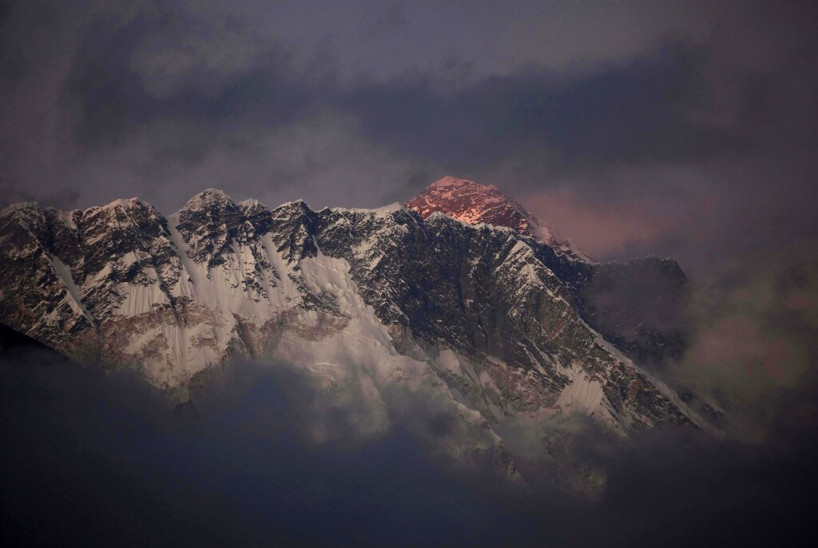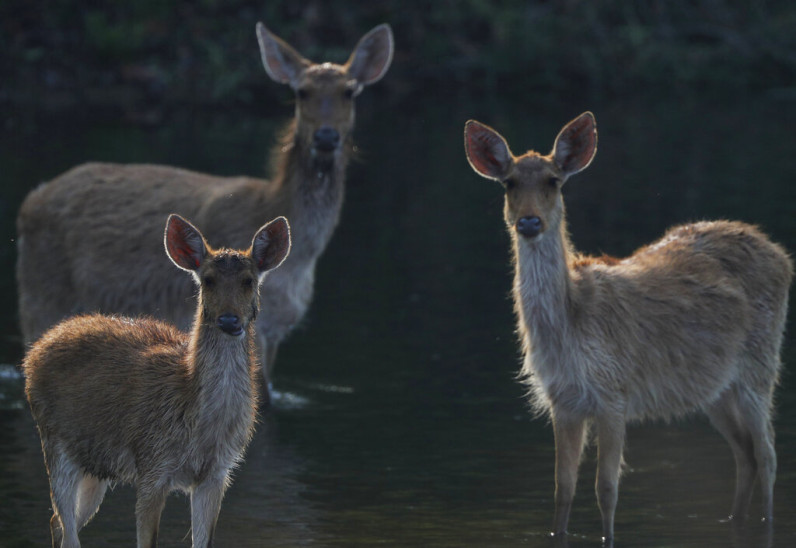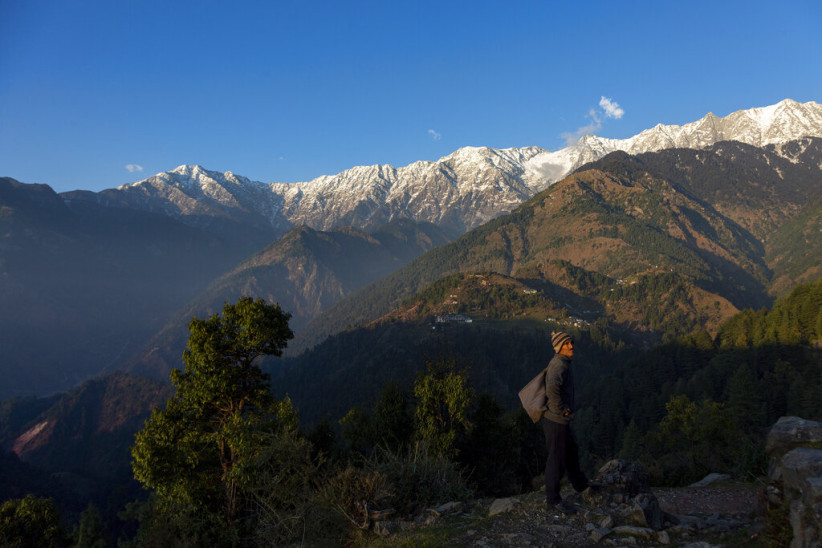A high-altitude climb against the backdrop of the dazzling Himalayan scenery is the best way to explore one of the world’s oldest religions
Khenpo Nyima Samdrup, a monk at the Thasung Tsholing Gompa monastery in Nepal, sat in front of a stove in the monastery’s tiny kitchen, dressed in a crimson robe and wearing a mustard wool hat. On the day of my visit, the surrounding mountains were hidden behind thick clouds and the wind was blowing across the lake from the north, causing small ripples on its surface.
As he “fed” the fire with more wood, Khenpo recounted the monastery’s past. It began to unravel the thread of history since its foundation.
The monastery was founded about 400 years ago to protect snow leopards, deer and other animals from hunters. “Tha” means “surround” and “sung” means “maintenance” or “protection,” he explained. “Thus, the name of the monastery means ‘protecting the environment.’
Thasung Tsholing is a monastery of the ancient Bon religion, located on the edge of Phoksudu Lake in the Dolpo Himalayas in northwestern Nepal. It is a rugged place with jagged gorges, high passes and isolated religious hermitages. This remote area of Dolpo is culturally Tibetan and is one of the last remnants of Bon, the indigenous religion practiced throughout the Tibetan Plateau before the arrival of Buddhism in the 7th century AD.
The monastery is located on the lower ring road of Dolpo, a 220 km hiking trail that crosses the southern part of Dolpo. After the destruction of Bon and other religious sites in Tibet during the Cultural Revolution in the 1960s and 1970s, in which the Chinese government attempted to eradicate Tibetan cultural and religious identity, Chinese forces attempted to forcibly assimilate their Tibetans. But because Dolpo is just over the border in Nepal, it is one of the few places where the practice of the Bon religion has continued uninterrupted for centuries. (Today, only 0.23% of Nepalese follow the Bon religion, with the majority of the population following the Hindu religion).
The ring road below Dolpo connects four of the six main Bon settlements in the area, providing an unparalleled opportunity for hikers to discover this mysterious religion. A certified guide is required to hike the area. Only certified guides can arrange for trekkers to stay with Bon families, visit ancient Bon monasteries, meet local religious leaders and observe up close the slow, gentle rhythms of Bon culture, characterized above all by piety against the natural environment.
Proponents of the Bon religion regard certain animals and elements, such as mountains, rocks, rivers, gorges and springs, as gods or protectors and believe that their destruction will bring great misery to mankind. Therefore, people must ask permission from these gods before starting any activity that uses the earth’s natural resources, such as gathering medicinal plants, mining stones, or planting seeds. Such beliefs, Bonism advocates say, encourage sustainable and respectful use of the environment.
In an age of environmental destruction, this idea struck me as particularly “revolutionary” and I traveled to Dolpo to see what lessons this ancient religious practice might have in store for the modern world.
The ring road below Dolpo starts from the bustling town of Dunai, a grueling 36-hour bus journey northwest of Kathmandu.
Accompanied by my Nepali trekking guide, Rejina Tamang, I followed the dusty path eastwards, climbing past stone villages ‘hooked’ into the steep side of the valley.
The trail continued. Once we went up and once we went down. The steps were interrupted by red slopes and rocks.
The Bon communities of Dolpo are farmers and pastoralists. They raise goats, sheep, dzo and yak and cultivate a limited range of crops. It was September and almost harvest time. The golden barley sparkled with the breath of the soft autumn wind.
14 day hike
Tamang and I started every morning at sunrise, covering about 10-25 kilometers daily depending on the gradient and altitude. During our 14-day trek, we stayed either in houses knocking door-to-door or in temporary “tent-hotels” between villages serving rice, lentils and local liquor. I also carried a tent in my hiking backpack.
After days of walking west of Thasung Tsholing Gompa, Tamang and I arrived at Pugmo, the last Bon village on the trail. Nestled at the bottom of a narrow valley, Pugmo is famous for the many mountain gods believed to surround the village. We stayed with a local Bon family at the unique Pugmo retreat and during dinner, the owner of the house, Migur Lama, explained to us how we can find the spiritual leader of the Pugmo: Norbu Lama.
Finally, we found him at his home, an old monastery, an hour outside the village. Sitting beneath faded photographs of Bon leaders, Norbu pointed across the valley to the distorted rocks and explained that Bonism advocates regard the many nature deities around them as “lords of the landscape,” or protectors. Each deity oversees a specific area of the natural environment.
Before we came down from the mountains, I visited Norbu one last time and asked what changes he has noticed during his life. He explained that there is a Tibetan calendar that predicts the weather. “Until recently, the weather moved according to this calendar. But not anymore. The season has changed, the gods are very angry, because these days, many natural landscapes are destroyed,” he sighed.
As the sky darkened, Norbu said goodbye and retired to his house for prayer. I could hear his low voice chanting distant incantations as I walked away, and I wondered what the world would be like if we all asked nature’s permission before abusing it.
Source :Skai
I am Frederick Tuttle, who works in 247 News Agency as an author and mostly cover entertainment news. I have worked in this industry for 10 years and have gained a lot of experience. I am a very hard worker and always strive to get the best out of my work. I am also very passionate about my work and always try to keep up with the latest news and trends.













